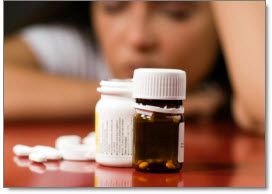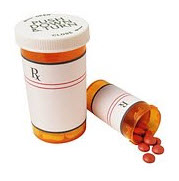A Real-World View of Depression Treatment
It appears that most Americans take the easy way out when it comes to the treatment of depression. Given a choice between talk therapy and taking an antidepressant, the medication wins out. This is one of the key findings of a survey of 1500 readers of Consumer Reports who had sought medical help for depression and/or anxiety between January 2006 and April 2009. Nearly 80 percent of these respondents had received a prescription for an antidepressant after their diagnosis of [...]









